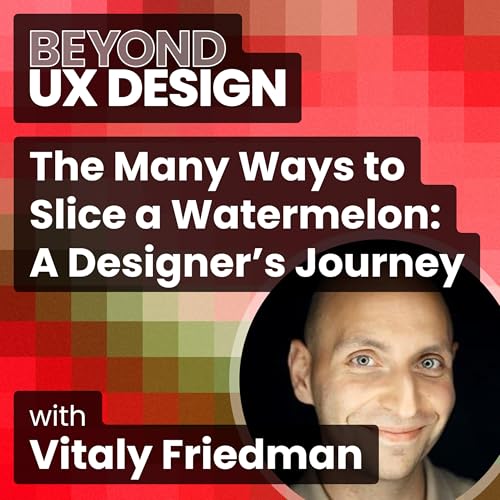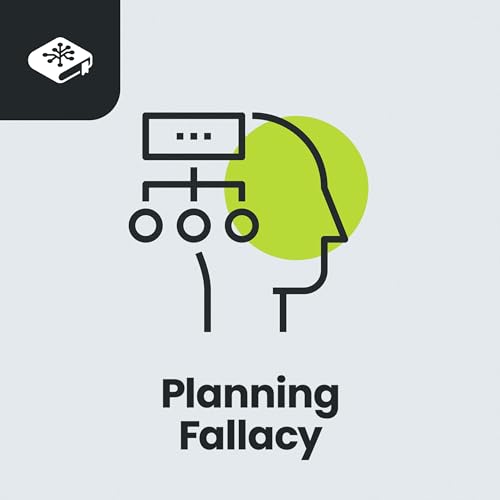If you’ve ever wondered why you’re still “senior” after years of great work, this episode is for you. Catt Small joins me to unpack what it actually takes to step into a staff designer role—the skills, mindset shifts, and invisible work no one tells you about.
You’ve nailed the craft, shipped great work, and mentored others. So why are you still stuck at senior?
Getting promoted isn’t always about skill gaps. Sometimes it’s about visibility, influence, and how you show up. In this episode, I sit down with Catt Small, Staff Product Designer, developer, and author of The Staff Designer, to explore what separates a strong senior designer from a true staff-level one.
Catt shares the lessons that inspired her book: the moments of frustration, the confusion around “influence,” and the realization that being good at your craft isn’t enough. We talk about the transition from execution to strategy, how to set a vision, navigate organizational politics, and build the kind of social capital that makes people listen when you speak.
If you’re wondering what’s next after senior, or how to stop spinning your wheels, this episode breaks down the hidden skills that actually move your career forward. It’s a candid look at how to lead without managing, earn trust across disciplines, and find meaning in the messy middle of your career.
Topics:
• 04:19 - Cat Small's Journey in Design
• 09:39 - Understanding the Transition from Senior to Staff
• 12:02 - The Role of Influence in Career Growth
• 14:14 - Navigating Titles and Organizational Structures
• 30:31 - The Importance of Vision in Design
• 36:22 - Enhancing User Experience with Prototypes
• 38:01 - Inspiring Vision and Influence
• 39:12 - Negotiating and Planning for Vision Execution
• 41:55 - Building Cross-Functional Collaboration
• 46:41 - Balancing Craft and Soft Skills
• 50:57 - Delegation and Accountability in Design
• 57:34 - Promoting Your Work and Final Thoughts
Helpful Links:
• Connect with Catt on LinkedIn
• The Staff Product Designer
• Staff Designer: Influence & Lead as an Individual Contributor
—
Thanks for listening! We hope you dug today’s episode. If you liked what you heard, be sure to like and subscribe wherever you listen to podcasts! And if you really enjoyed today’s episode, why don’t you leave a five-star review? Or tell some friends! It will help us out a ton.
If you haven’t already, sign up for our email list. We won’t spam you. Pinky swear.
• Get a FREE audiobook AND support the show
• Support the show on Patreon
• Check out show transcripts
• Check out our website
• Subscribe on Apple Podcasts
• Subscribe on Spotify
• Subscribe on YouTube
• Subscribe on Stitcher
 10 min
10 min 1 h et 12 min
1 h et 12 min Oct 30 202516 min
Oct 30 202516 min 1 h et 16 min
1 h et 16 min 10 min
10 min 11 min
11 min 54 min
54 min 56 min
56 min
